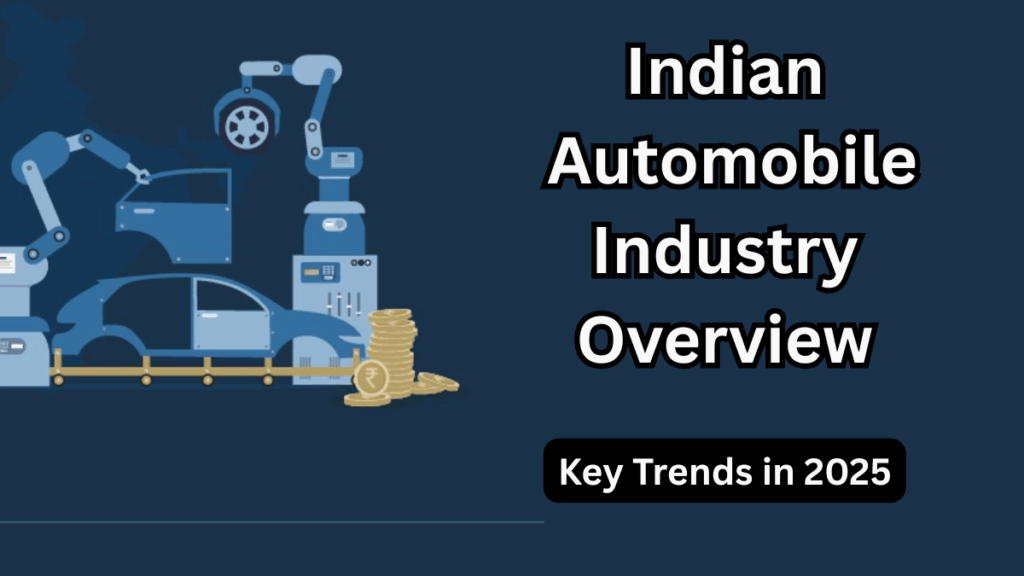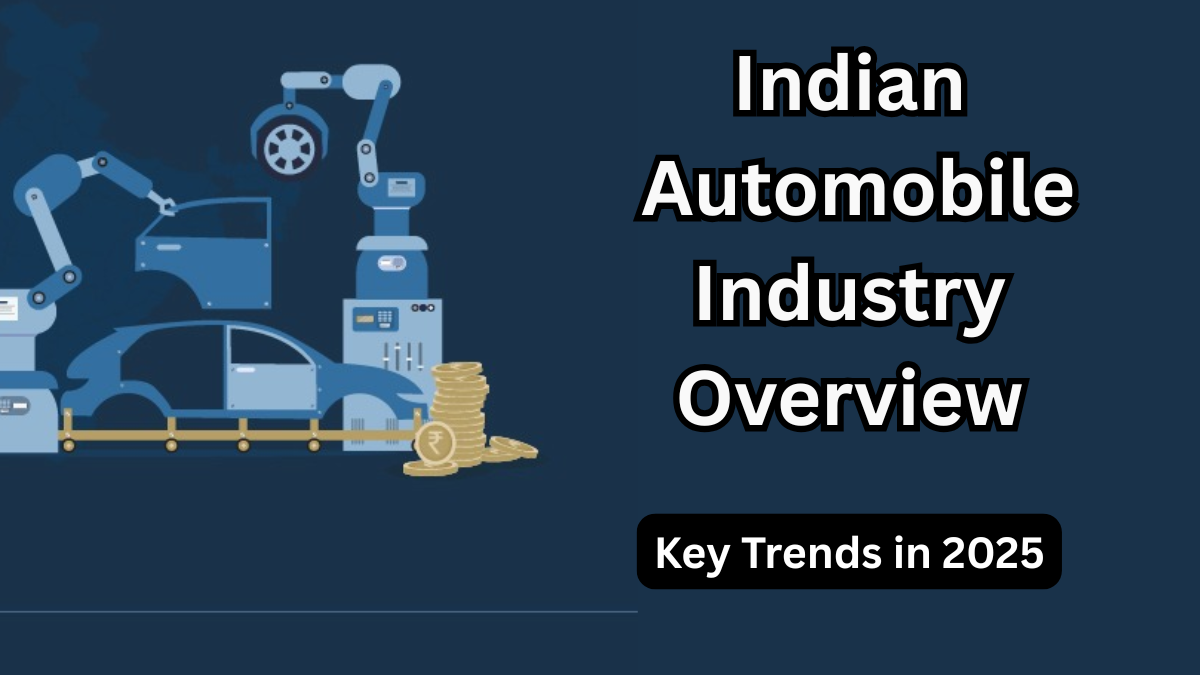The Indian Auto Industry 2025 is set for an exciting transformation as evolving consumer preferences, technological innovations, and government policies reshape the sector. From electric vehicles (EVs) to connected cars, the industry is embracing a new era of mobility. Here’s a comprehensive look at the current market landscape, emerging automotive trends, and growth prospects.

Key Market Highlights of Indian Auto Industry 2025
The Indian automobile sector remains one of the largest globally, showing resilience amid global challenges. Here are some of the key highlights:
-
India is expected to remain the third-largest automotive market by 2025.
-
Rising demand for electric and hybrid vehicles driven by environmental concerns and policy incentives.
-
Significant growth in two-wheeler and compact car segments, catering to urban consumers.
-
Increasing focus on advanced automotive technology, including connected, autonomous, shared, and electric (CASE) mobility.
Segment-wise Growth Forecast
| Segment | 2024 Sales (Units) | 2025 Forecast (Units) | Growth Rate (%) |
|---|---|---|---|
| Two-wheelers | 20,500,000 | 22,000,000 | 7.3 |
| Passenger Vehicles | 4,500,000 | 4,900,000 | 8.9 |
| Commercial Vehicles | 1,200,000 | 1,300,000 | 8.3 |
| Electric Vehicles (EVs) | 150,000 | 300,000 | 100 |
Emerging Automotive Trends in India
The Indian Auto Industry 2025 is experiencing a paradigm shift with a mix of sustainability, technology, and consumer-centric innovation. Some key automotive trends to watch include:
-
Electrification and EV Adoption: Government incentives and charging infrastructure improvements are driving EV penetration.
-
Connected and Smart Vehicles: IoT-enabled vehicles provide enhanced safety, navigation, and infotainment options.
-
Shared Mobility Solutions: Ride-hailing, carpooling, and micro-mobility services are reshaping urban transport.
-
Sustainability Initiatives: Manufacturers are focusing on eco-friendly materials and reducing carbon footprints.
-
Advanced Safety Features: ADAS (Advanced Driver Assistance Systems) and autonomous driving technologies are gaining traction.
Challenges Facing the Indian Auto Industry 2025
Despite promising growth, the industry faces some challenges:
-
High initial costs for EV adoption and charging infrastructure.
-
Supply chain disruptions impacting production and delivery.
-
Regulatory compliance and evolving emission standards.
-
Competition from global automotive players entering the Indian market.
Challenges and Impact
| Challenge | Impact on Industry | Possible Solutions |
|---|---|---|
| EV Infrastructure | Slower EV adoption | Expand charging networks |
| Supply Chain Disruptions | Production delays | Localize components, diversify suppliers |
| Regulatory Changes | Compliance costs | Strategic planning and lobbying |
| Intense Competition | Pressure on pricing | Innovation, branding, market segmentation |
Market Outlook: What’s Next for the Indian Auto Industry
The market analysis of the Indian Auto Industry 2025 indicates strong potential for growth in EVs, smart vehicles, and shared mobility services. With supportive government policies and increasing consumer awareness, the industry is poised to become more sustainable, tech-driven, and globally competitive.
FAQs
Q1. What are the top segments driving growth in the Indian Auto Industry 2025?
A: Two-wheelers, passenger vehicles, and electric vehicles are leading growth, with EVs showing the highest adoption rate due to incentives and environmental awareness.
Q2. How is technology transforming the Indian automobile sector?
A: Advanced technologies like connected vehicles, autonomous systems, and IoT-enabled safety features are redefining the driving experience.
Q3. What role does sustainability play in automotive trends?
A: Sustainability is a key focus, with manufacturers investing in eco-friendly materials, emission reduction, and renewable energy-powered vehicles.
Q4. What are the main challenges for the Indian Auto Industry in 2025?
A: Challenges include EV infrastructure, supply chain disruptions, regulatory compliance, and rising competition from global players.
Click here to learn more
